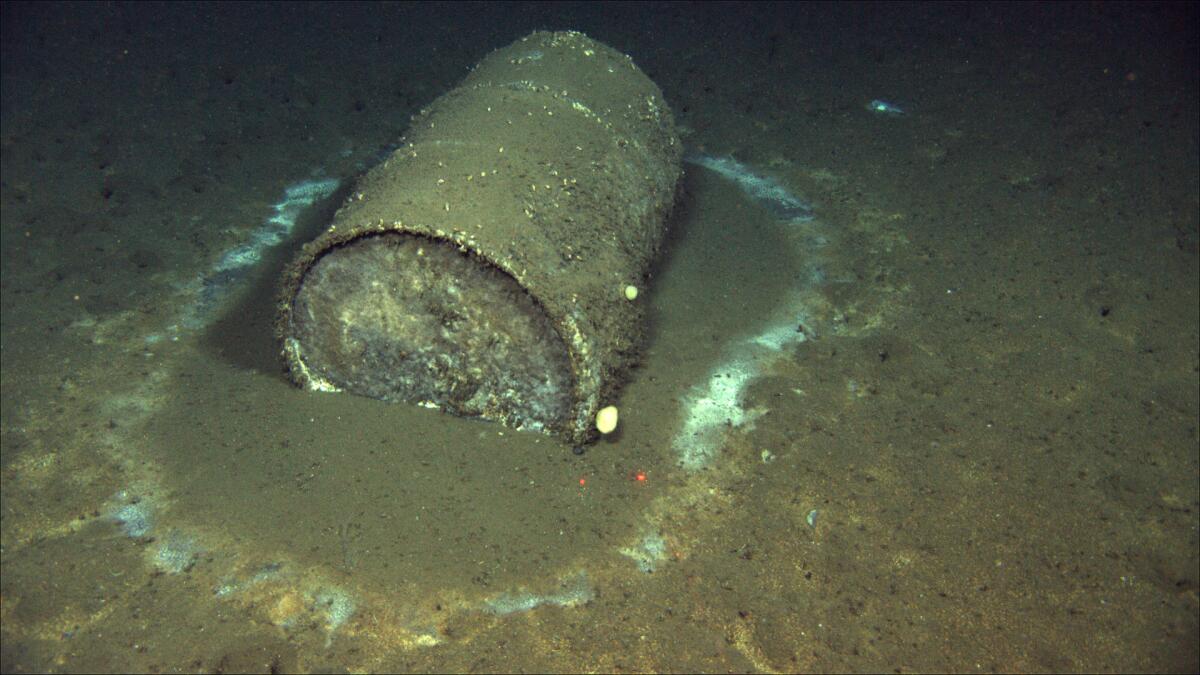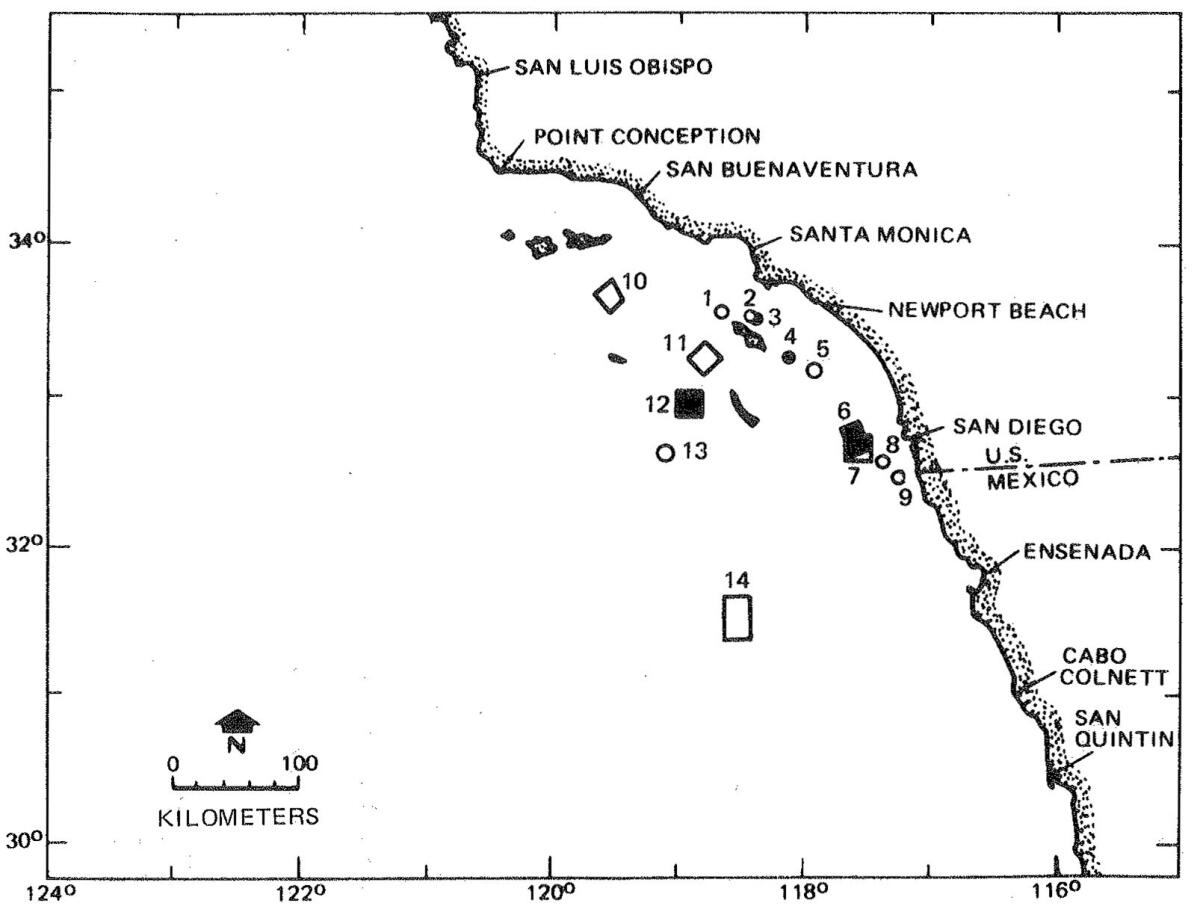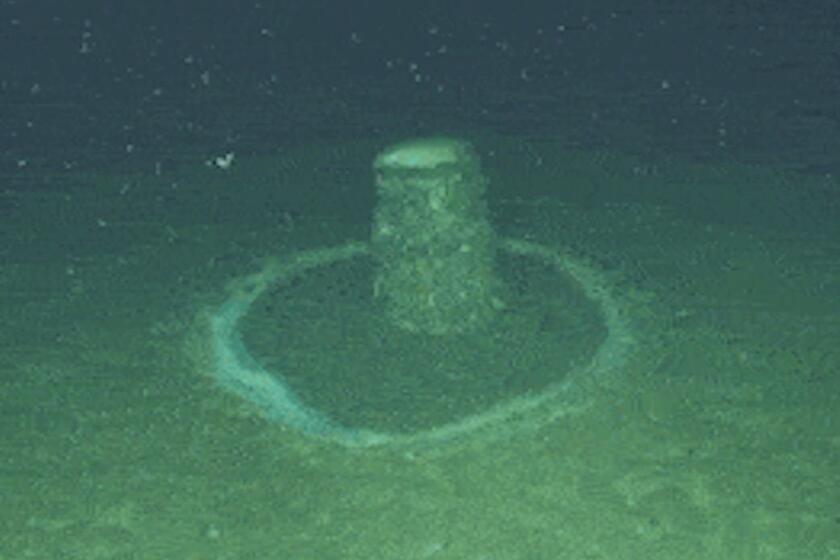In 2022, the Los Angeles Times exposed a grim chapter in California’s environmental history: massive offshore dumping of DDT and other hazardous chemicals off the coast of Los Angeles. This revelation shocked the public and raised urgent concerns about marine health and safety. Yet, nearly three years later, the situation has only worsened, with marine die-offs in Santa Monica Bay signaling a deepening crisis.

(David Valentine / ROV Jason)
A Persistent Threat
From the 1940s through the early 1970s, companies like Montrose Chemical Corporation disposed of industrial waste, including DDT-laden sludge, into the Pacific Ocean. Recent studies have uncovered that DDT-related chemicals are still present in deep-sea fish and sediments near the Catalina Island offshore dump site. These findings suggest that the decades-old pollutants are infiltrating marine food webs, posing risks to wildlife and potentially to human health.
 There are 14 ocean dumpsites off the Southern California coast, according to a map from a 1973 technical report that was recently rediscovered.
There are 14 ocean dumpsites off the Southern California coast, according to a map from a 1973 technical report that was recently rediscovered.
(Southern California Coastal Water Research Project )
Marine Die-Offs: A Warning Sign
Between August and October 2022, 300 marine mammal strandings occurred along the California coast, with numbers escalating to nearly 1,000 by mid-2023. While domoic acid, a neurotoxin produced by algal blooms, has been identified as a primary cause, the compounded stress from persistent pollutants like DDT cannot be ignored.
Environmental Justice at Stake
Communities relying on subsistence fishing, particularly those in environmental justice areas, face heightened risks. Heal the Bay has petitioned the State Water Resources Control Board to investigate the human health impacts of the offshore DDT dumpsite. They emphasize the need for updated water quality standards that consider the health risks to vulnerable populations consuming contaminated seafood.
Calls for Action
Despite the alarming findings, comprehensive remediation efforts remain lacking. In 2023, Sea Grant Programs awarded $5.2 million in state funding to address deep ocean DDT contamination in Southern California. However, experts stress that this is only a fraction of what’s needed to tackle the extensive pollution.
Conclusion
The legacy of DDT dumping off the Southern California coast continues to threaten marine ecosystems and public health. The recent marine die-offs in Santa Monica Bay serve as a stark reminder of the consequences of environmental neglect. It’s imperative for state and federal agencies to prioritize comprehensive research, remediation, and community engagement to address this ongoing crisis.

For more information on the historical context of DDT dumping in Los Angeles, refer to the original Los Angeles Times article: DDT ocean dumping in L.A. even worse than expected.




